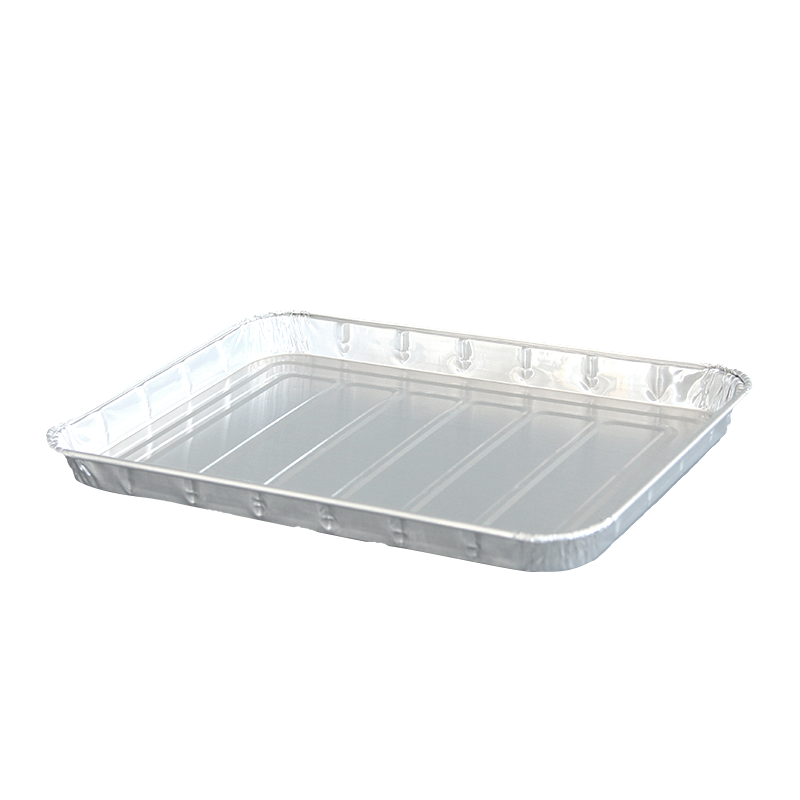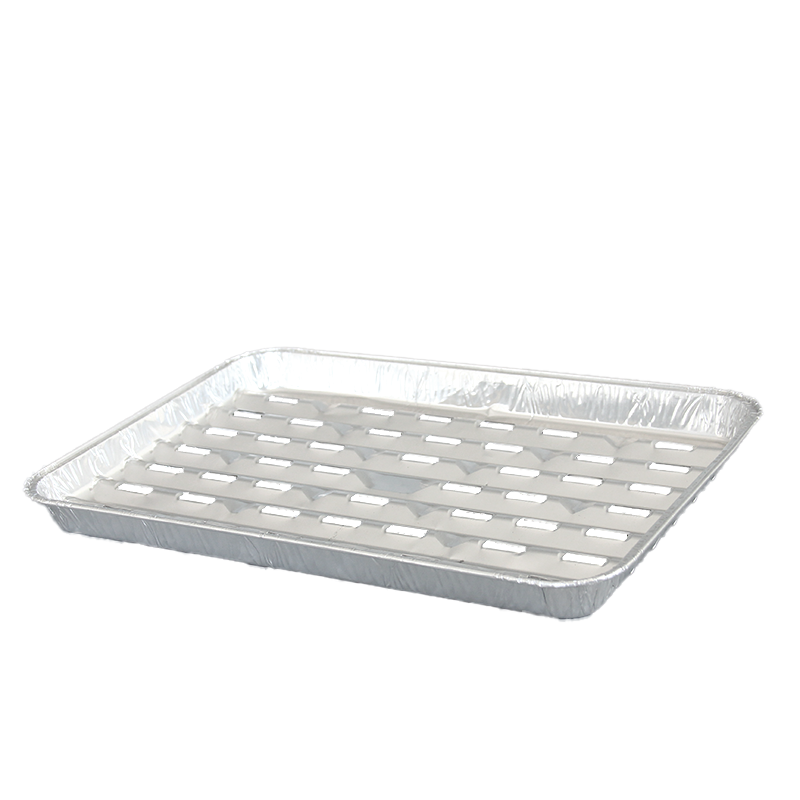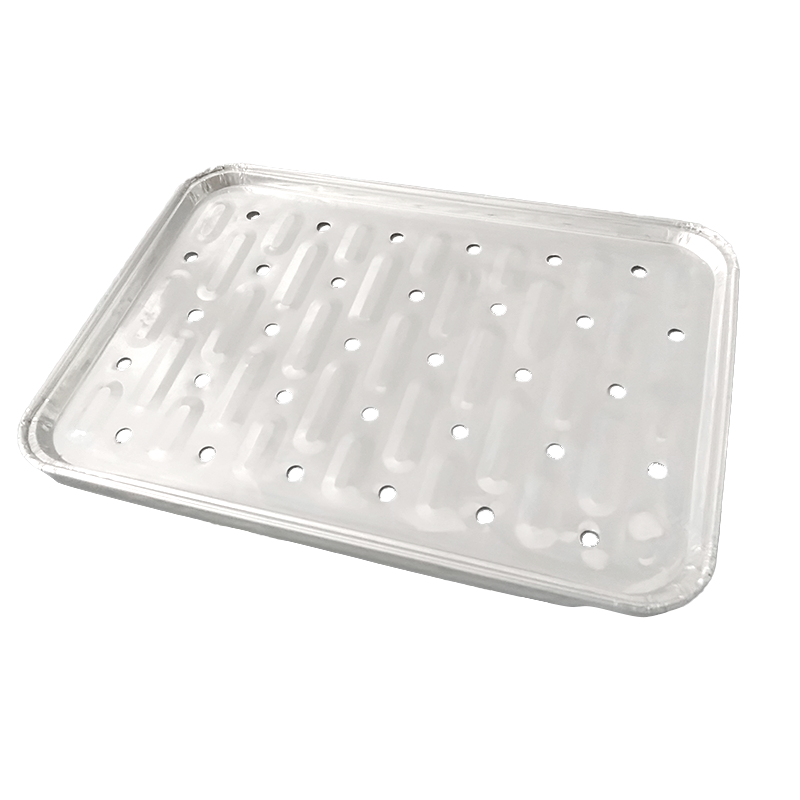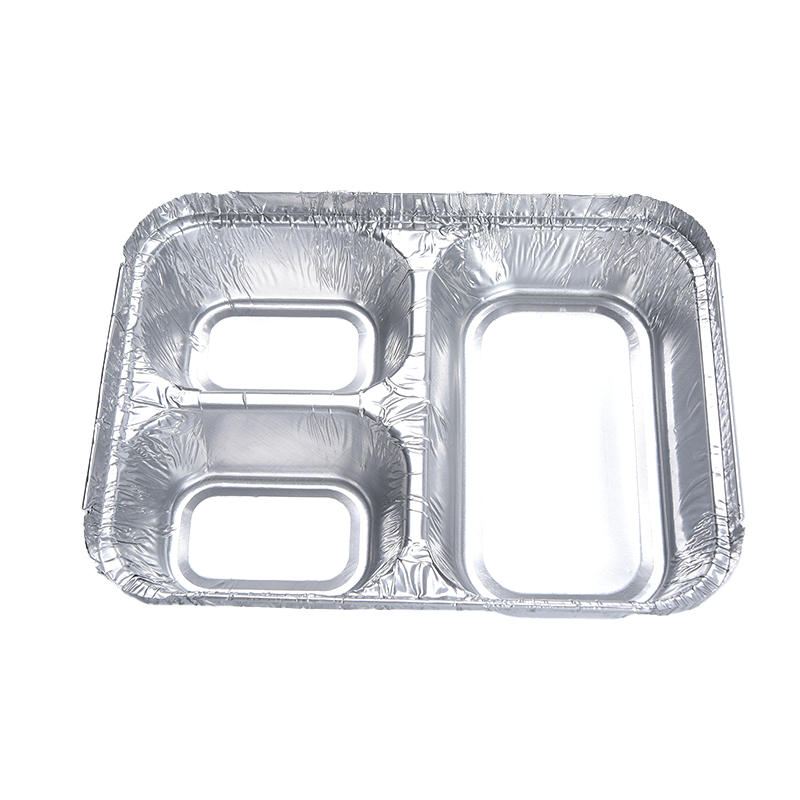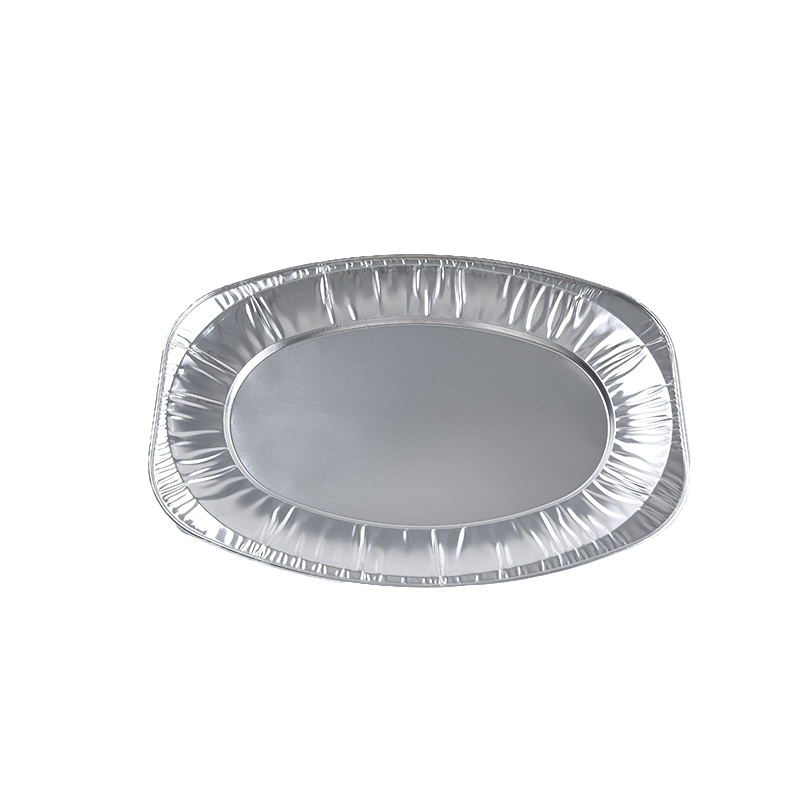The Working Principle of a Heat Shrink Machine Revealed: How to Achieve Efficient Packaging?
Industry News-In modern packaging production, heat shrink machines have become the preferred equipment for industries such as food, beverages, daily chemicals, and logistics due to their high efficiency, stability, and low cost. But how do they work? Why can they significantly improve packaging efficiency?
Content
1. Basic Components of a Heat Shrink Machine
A heat shrink machine consists of the following core components:
Conveyor System: Conveyor belts or chains ensure smooth product movement.
Heating System: Electric heating tubes or infrared heaters provide a stable heat source.
Shrink Chamber (Tunnel): Insulated design ensures even distribution of hot air.
Temperature Control System: PID precise temperature control prevents overheating or insufficient shrinkage.
Cooling Device (Optional): Accelerates film setting and improves efficiency.
2. Working Principle of a Heat Shrink Machine
- Film Wrapping (Pre-Packaging Stage)
Products are first wrapped with heat shrink film such as POF, PVC, or PE, either by a film wrapping machine or manually.
Adequate excess film should be left to allow for even shrinkage after heating.
- Heating and Shrinking (Core Stage)
The wrapped product enters the shrink tunnel, where it is heated by hot air circulation or infrared radiation.
Temperature Range: Typically 120°C to 180°C (depending on the film material).
Key Process:
The film softens due to heat, causing its molecular structure to shrink.
The hot air is evenly applied to the film, ensuring it adheres tightly to the product surface.
- Cooling and Setting (Optional)
Some models are equipped with air or water cooling systems to accelerate film hardening and prevent sticking.
3. Common Heat Shrink Machine Troubleshooting and Solutions (Maintenance Guide)
Heating System Troubleshooting
- Heat Shrink Machine Does Not Heat (Temperature Does Not Rise)
Possible Causes:
Power not connected or voltage insufficient
Heating element (heating wire) burnt
Thermostat or solid-state relay (SSR) faulty
Thermostat (thermocouple) or solid-state relay (SSR) faulty
Thermal fuse (fuse) blown
Solution:
Check the power outlet and switch for proper operation.
Test the heating element resistance with a multimeter (replace if open).
Check the thermostat setting or replace a damaged SSR.
Replace a thermal fuse of the same specification (usually located near the circuit board).
- Unstable Temperature (Fluctuates)
Possible Causes:
Uncalibrated thermostat PID parameters
Poor contact of the thermocouple (temperature sensor)
Aging heating element, uneven heating
Solution:
Recalibrate the thermostat (refer to the manual).
Check the thermocouple for looseness or oxidation (clean or replace).
Replace aged heating element (recommended).
Conveyor System Failure
Conveyor Belt Stuck or Stuck
Possible Causes:
Motor Damage or Loose/Broken Belt
Lack of Oil in Bearings or Foreign Objects Stuck
Faulty Inverter (Speed Regulator)
Solution:
Adjust belt tension or replace with a new belt.
Clean bearings and add high-temperature lubricant.
Check inverter display code (errors such as E001 require resetting).
- Product Deviation on Conveyor Belt
Possible Causes:
Belt Deviation (Uneven Tension on Both Sides)
Product Improperly Placed or Too Light
Guide Rod Position Incorrectly
Solution:
Adjust the Tensioners on Both Sides of the Conveyor Belt.
Add Product Weight or Use Non-Slip Pads.
Reinstall the Guide Rods (Parallel to the Conveyor Belt).
Shrinkage Effect Problems
- Shrink Film Cracks or Perforations
Possible Causes:
Excessive Temperature or Localized Overheating
Poor Film Material Quality (Uneven Thickness)
Sharp Product Edges
Solution:
Lower the Heating Temperature (Recommended Testing in Stages: Start at a Low Temperature and Then Increase Gradually). Replace with high-quality POF or PE shrink film (thickness ≥ 15μm).
Add cushioning material (such as foam corners) to sharp edges of the product.
- Incomplete shrinkage (wrinkles)
Possible causes:
Temperature too low or insufficient heating time
Film material too large (excessive excess)
Uneven hot air circulation
Solution:
Increase the temperature by 10-20°C or reduce the conveyor speed.
Adjust the film wrapping machine to reduce the excess film material (generally 10% larger than the product).
Clean the fan and air ducts in the shrink tunnel.
Other Common Faults
- Equipment Leakage or Tripping
Possible Causes:
Damaged insulation on the heating tube
Aging wires and short circuits
Humid environment causing moisture in the circuit
Solution:
Immediately disconnect the power cord and use a megohmmeter to check the insulation resistance of the heating tube (it should be >2MΩ).
Replace damaged wires (high-temperature resistant silicone wire is recommended).
Keep the equipment dry and install a dehumidifier (humidity recommended <70%).
- Abnormal noise (buzzing/clicking)
Possible causes:
Worn motor bearings
Deformed or loose fan blades
Lack of oil in the chain/gear
Solution:
Replace the motor bearings (matching model).
Tighten the fan screws or replace the blades.
Apply high-temperature grease to the chain (once a month).





 English
English 日本語
日本語 عربى
عربى Español
Español
